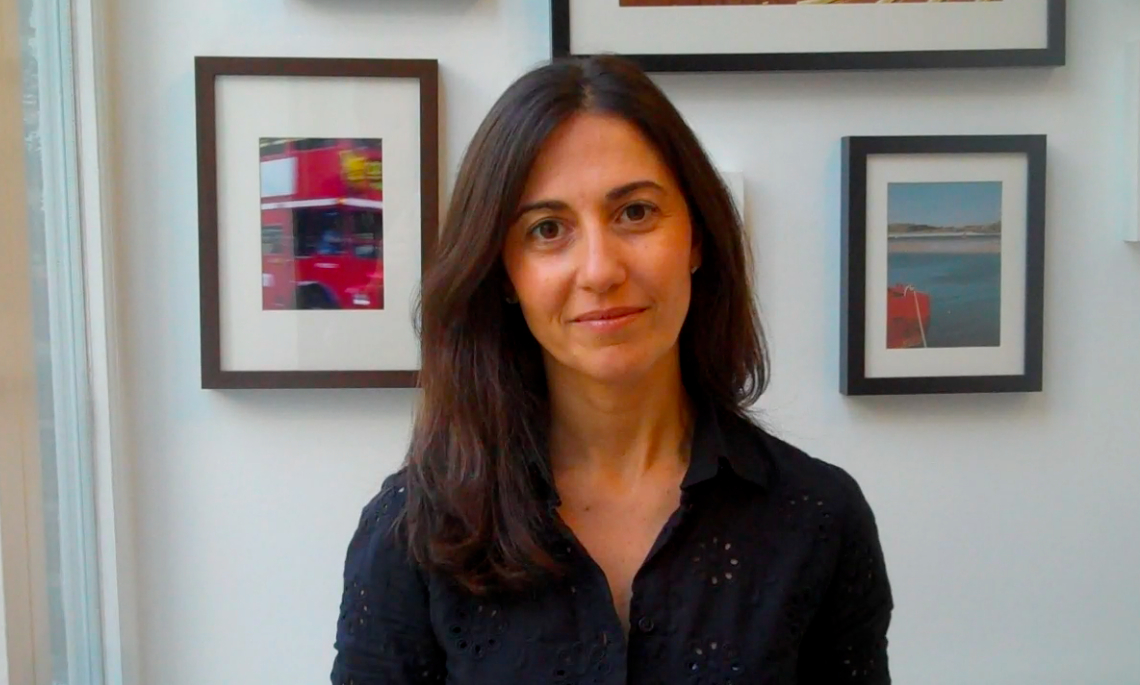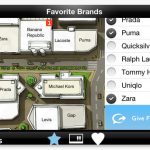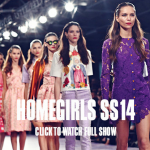TFOL Talks To: Diana Verde Nieto, Founder of Positive Luxury
Sometimes inspiration is just around the corner, and so it was when we popped round to the Shoreditch offices of sustainable consumer guide Positive Luxury to talk with its founder and CEO Diana Verde Nieto.
In what turns out to be one of the most inspiring interviews to date in the TFOL Talks To series, Diana explains how Positive Luxury aims to reposition consumers’ understanding of sustainability, plans to take the movement global and how the worlds of luxury and sustainability are in fact, closer than many might expect.
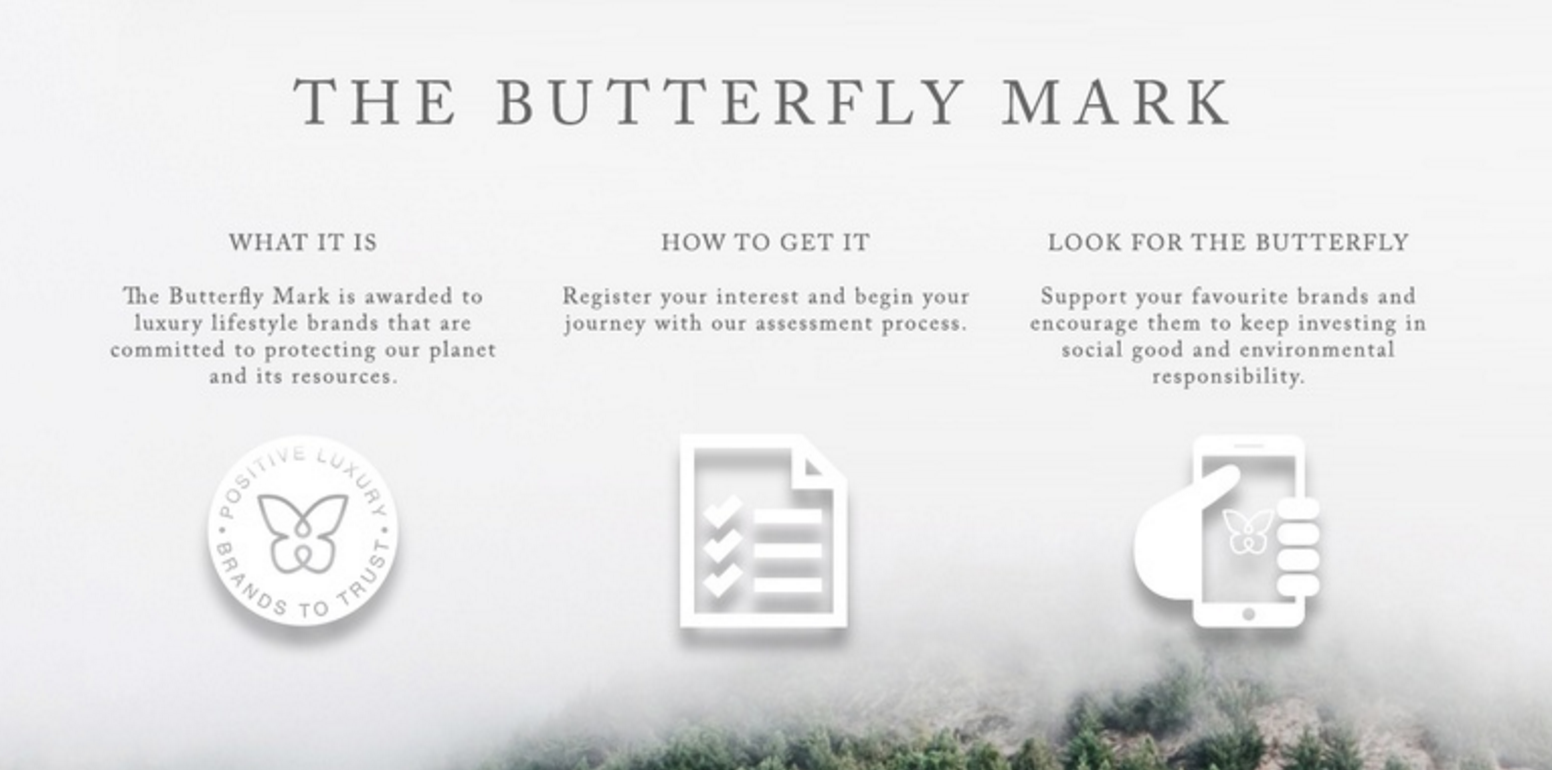
What’s your connection to the world of sustainability?
My background is in sustainability; I founded Clownfish, a sustainability communications consultancy in 2002 and took it from my living room to an international agency with offices in New York, Milan, Madrid and London.
When I sold my business in 2008 I felt that, although I had been successful according to traditional measures, I hadn’t yet fully achieved what I set out to do – there was still much ground to be covered.
I’ve always believed that it’s essential for businesses to incorporate the concept of sustainability in order to create a balance between people, planet and profit. Companies need to internalise the externalities the world is facing.
How did the idea of Positive Luxury come about?
After reading a lot of research and conducting some of my own I found that sustainability was a topic that the vast majority of people either didn’t know much about, didn’t care much about or did not understand its implications, they simply didn’t engage with the subject.
Although disappointing, this news was not surprising, as the language of sustainability is negative. It’s not inspiring and it’s not engaging.
The depletion of the world’s resources is irreversibly binding the fate of people with that of the planet. The luxury industry does not escape the logic that being kind to the planet is tantamount to being kind to people.
That is why we created Positive Luxury – Positive Luxury awards the Blue Butterfly Mark of Positive Living, to companies that have good governance and that have strong social, environmental and philanthropic credentials.
So far accreditation programmes tend to be niche and looking at only one portion of how brand’s operate, such as Fairtrade or the Rainforest Alliance.
The Blue Butterfly is the first interactive Trustmark that looks at the brand’s overall holistic appeal. Our ultimate aim is to create a Global movement that helps consumers to choose the brands that love us/them back.
The Positive Luxury site awards brands that fit your rigorous sustainability/ethical criteria with a Blue Butterfly, can you explain the idea behind this?
We wanted the Blue Butterfly to communicate what the brands do in terms of social and environmental efforts, without putting a value judgement. To simply allow consumers to see for themselves and make their own choices based on style, product functionality and of course, ethical actions.
Each brand featured on Positive Luxury has been awarded the Blue Butterfly Mark of Positive Living – the Blue Butterfly is interactive so when you mouse over it, real time information is revealed about the sustainable actions taken by that particular brand. For example, you might see information stating that a brand employs policies to prevent the use of child labour, forced labour, encourages recycling and regularly re-evaluates its supply chain.
I truly believe that people have the desire to do the right thing. If you present them with a choice of similar brands, with similar price points, but highlight those that have the added value of being socially and environmentally responsible the choice becomes clearer.
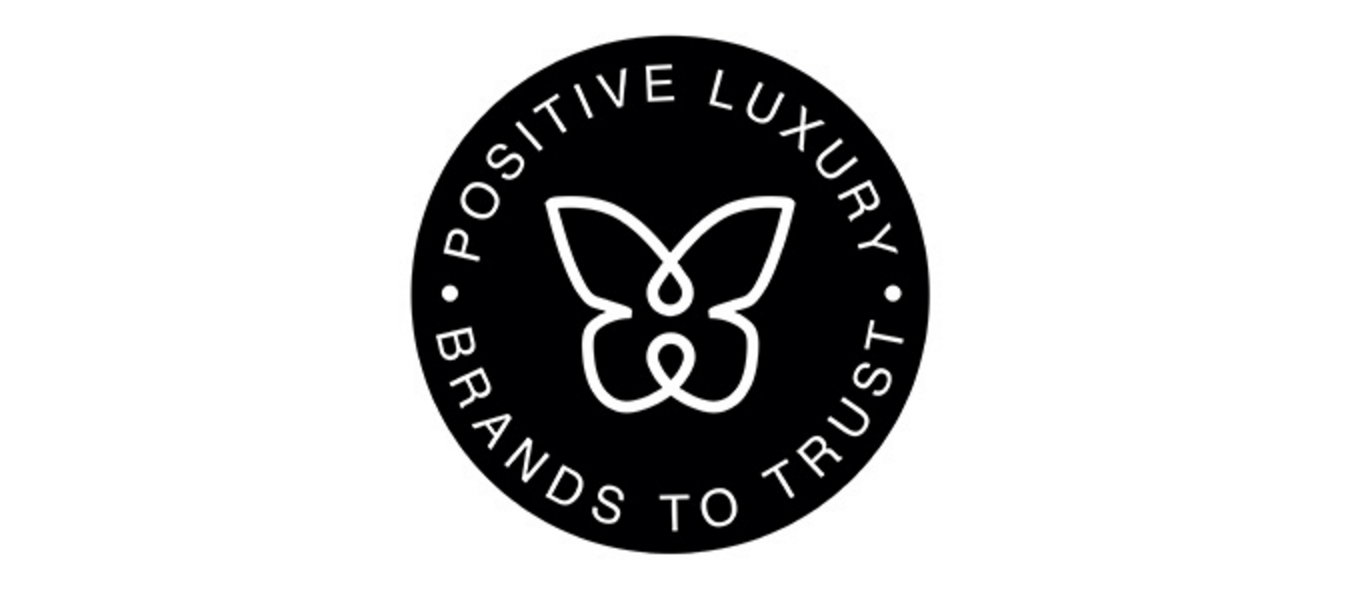
Is there any particular symbolism behind the Blue Butterfly?
The butterfly symbol is inspired by the story of the Large Blue, which despite being one of the most beautiful butterflies in the world, was driven to extinction in Britain in the 1970s due to new farming methods. Now, after successful reintroduction, the Large Blue is alive and well again in Britain. To me it symbolises the fact that, as individuals and a collective, we have the power to make something good from the bad.
What has the reception to Positive Luxury been like so far?
It’s been amazing! We recently held the first Positive Week which was an event celebrating both the brands that take part in the Blue Butterfly scheme as well as the consumers that support them. We were overwhelmed by the number of people who approached us to say that they’ve seen the Blue Butterfly mark and now look for it on sites. We’ve even had Boris Johnson re-tweeting us!
What steps must brands take in order to be awarded the Blue Butterfly?
All brands wishing to be awarded the Blue Butterfly must first complete a detailed questionnaire/audit with questions compiled with help from members of our expert advisory board. Members of the board include some of the most respected names from the world of sustainability such as Sir. Jonathon Porritt, Nigel Salter and Niall Dunne amongst others. We’re very rigorous in our vetting and have no qualms about rejecting brands that don’t meet our standards.
What kind of brands feature on Positive Luxury?
Lifestyle brands. A wide mix of around 420 brands have come on board in the last 19 months.
Positive Luxury is intended as a guide for positive living. It can be used at every point of the day, from waking up and deciding what moisturiser to use, to deciding what restaurant to eat at in the evening. The rationale of awarding the Blue Butterfly across Lifestyle is that the people that love positive fashion, also want, food, hotels, beauty products etc.
We want to provide meaningful information to people and ultimately reward brands that invest in bettering the state of the world with consumer action – one day sustainability will become the norm and in every part of our life – just like technology has.
Some may be surprised to see the words ‘positive’ and ‘luxury’ used together. What would you say to this?
This is a common misconception which can be realigned using the words of François-Henri Pinault, CEO of Kering Group in his 2009 key note speech at the New Delhi Conference; “Definitions of luxury are changing all the time and reflect the changing circumstances we live in. Luxury nowadays is not longer about bling it’s about quality and craftsmanship – Luxury and sustainability share common values, which are the timeless and last worth, the passing of knowledge and the protection of natural resources.”
The Blue Butterfly is The Mark of Positive Living. Luxury in its truest sense is about carefully crafted, unique, pieces individually manufactured by artisans.
I know that the name Positive Luxury is controversial – but I am always eager for people to ask the question is it possible? I believe it is, because the luxury industry actually has sustainability embedded at its very core.
What are your plans for the future?
The world is such a small place nowadays that to make a real impact this initiative has to be global, after all it’s not about locality, it’s about thinking how the global supply chain works. Our plans next year are to launch Positive Luxury in the U.S. and Asia.
Rewarding brands that manufacture and retail positively is the only way that we’ll make the significant changes we need. Companies have no incentive to do this until consumers become a motivating force and demand this from companies.
Finally, The Future of Luxury is…
Positive!


